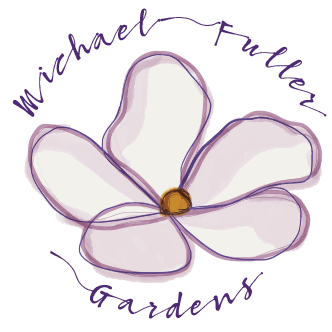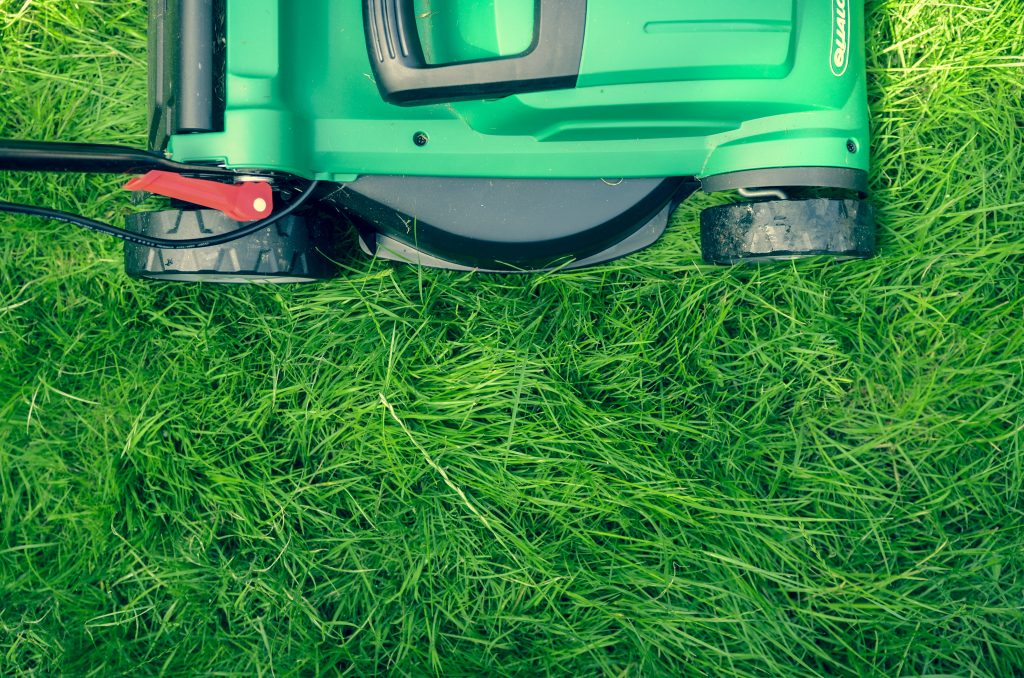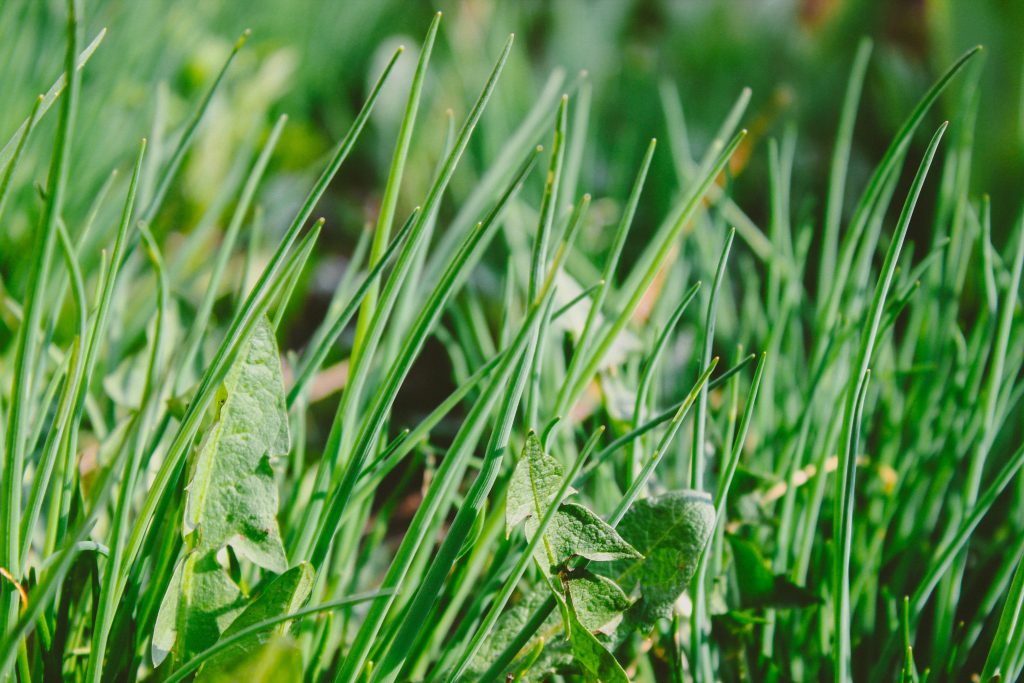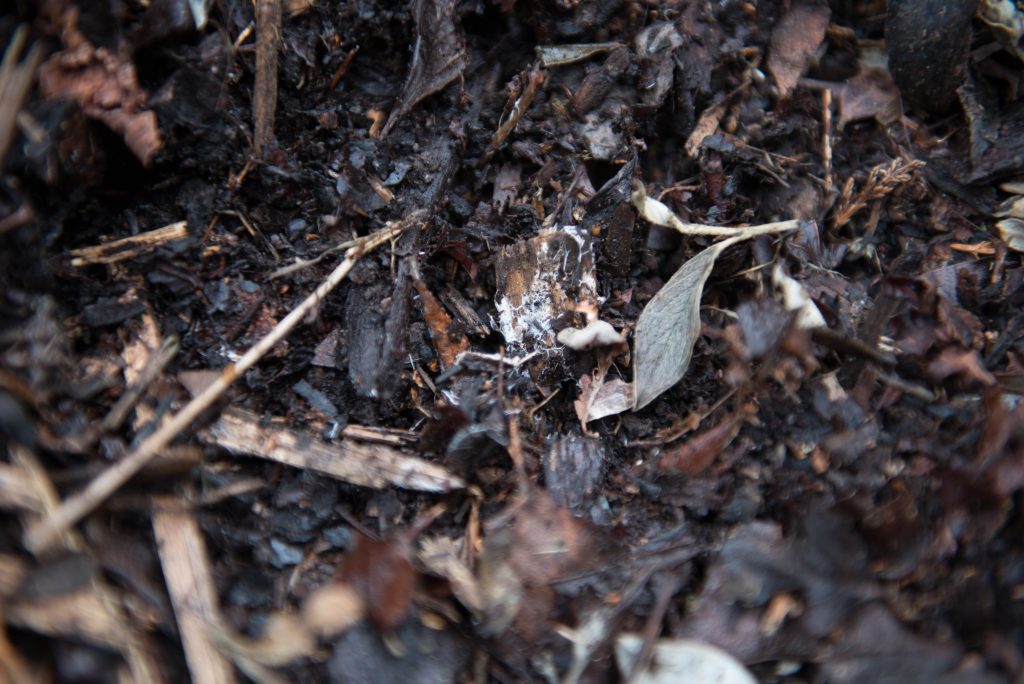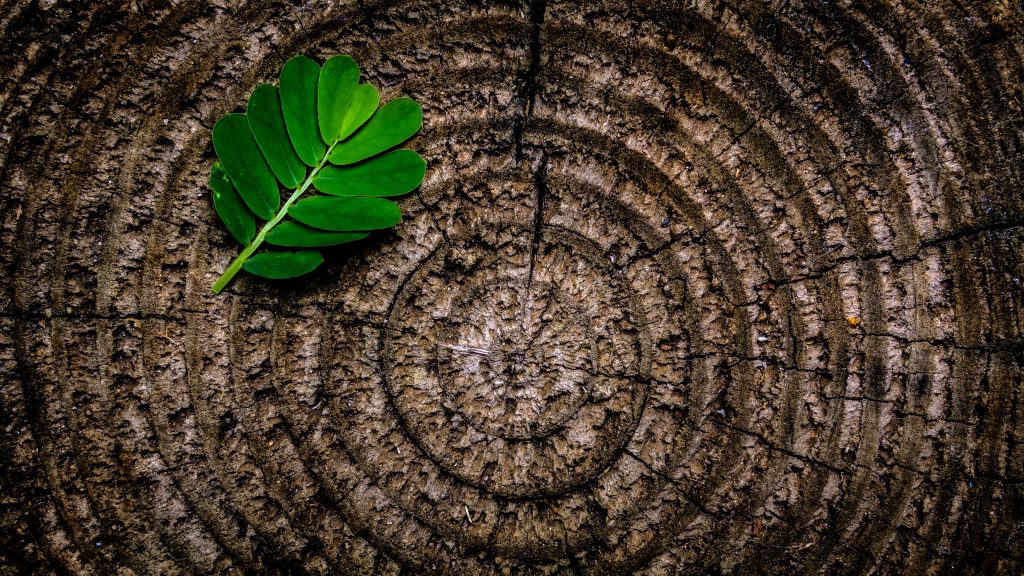The Garden in January.
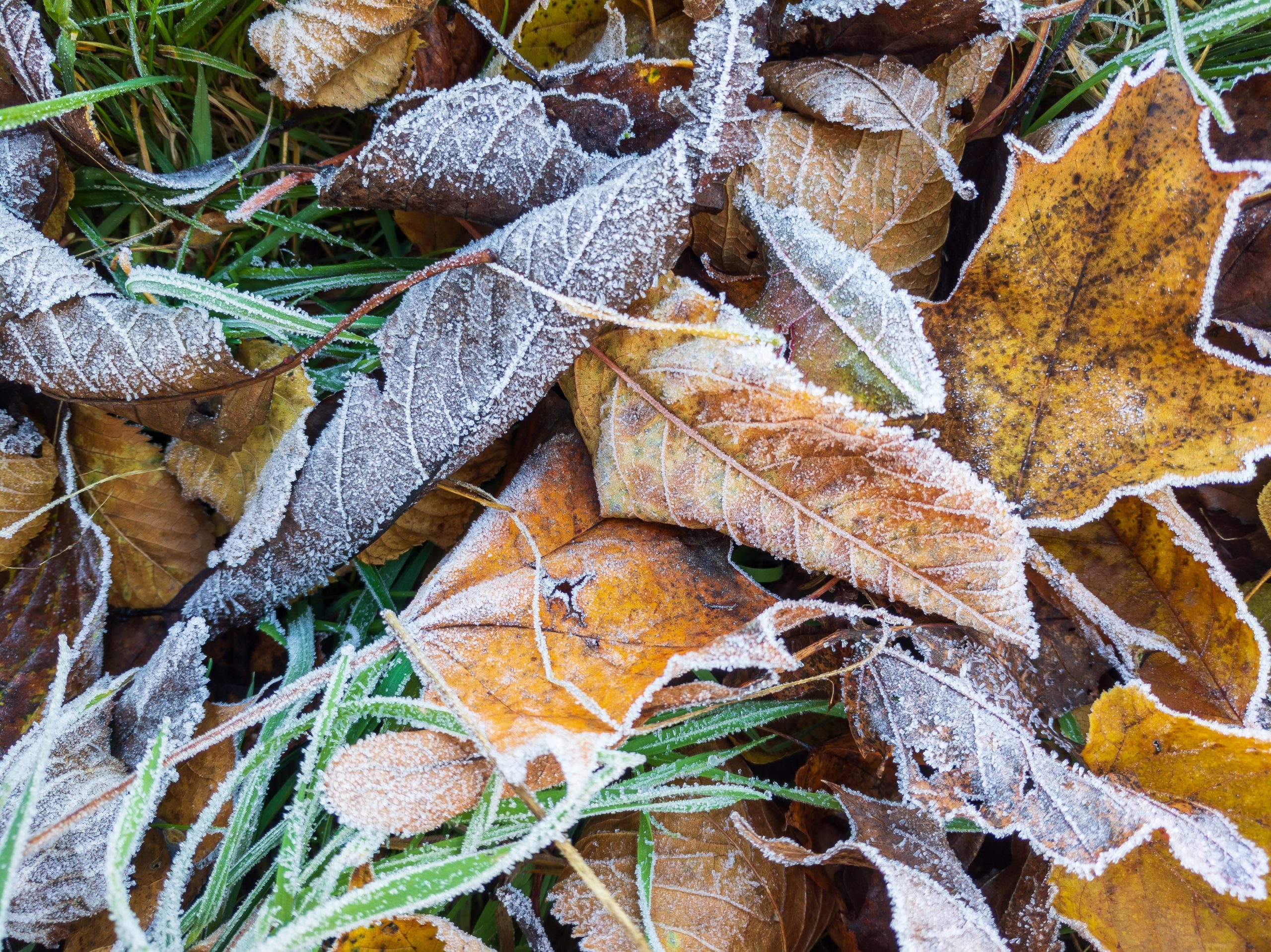
In my last article, I wrote about the 12/13 Holy Nights (from Christmas to Three Kings Day in the Christian calendar) as a time of celebration, rest and contemplation. A time to look forward to the New Year and all that it may bring both outwardly and inwardly. So what is happening outwardly in the garden now and what inner resolutions could I bring to it?
The days are just starting to lengthen and there is often a particularly hopeful feeling in the air, even if sometimes the weather can be challenging for many more weeks. The fruit trees are awaiting care as is the Wisteria. (For fruit tree pruning see my article from January 2021). For Wisterias that have reached their allotted space then it is simply the case of pruning the flowering stems back to two or three strong buds (these have already been pruned in Summer back to around six inches). By pruning hard the flowering potential is concentrated into these few buds, maximising the effect. If the Wisteria is still young, then the trailing shoots can be positioned to where you want the mature plant to be, ideally tied onto a strong framework of vine eyes and wires. Other jobs in January might be spreading compost on dormant beds (followed by turning the newer compost), as well as feeding fruit trees by strewing a fine layer of compost under the whole crown of the tree, not just up close to the stem. The reason for the large area of application is that the fine roots which take in nutrients are at the very edge of the root system, which mostly mirrors the size of the crown. It may look a little untidy for a few weeks but soon the compost will be taken down to the roots by rain and worm activity. Finally, my favourite winter job when the weather is challenging – cleaning and tidying greenhouses and tool sheds. Within the shed, tools can be cleaned with water and a scrubbing brush, then the metal is treated with vegetable oil and the wood with linseed oil.
My three New Year experiments
In the spirit of New Year resolutions I am trying three garden experiments, things I don’t usually do, but will try out.
A) Prune Buddleia in March. Most horticultural guides suggest these shrubs should be pruned in autumn, but this year I will prune mine as late as possible – ideally just before growth starts in March. I am hoping that not only will I (and wildlife) enjoy the gently decaying foliage and seed heads throughout the winter, but that it will also encourage the plant to flower later in the year. The aim is that this will most benefit butterflies, who love the Buddleia flowers and are most prolific in the later part of the Summer.
B) Leave some leaves. This is difficult for me, despite my wish to leave some areas of wildness in my garden, leaves seem to be always tidied away. I will try to leave some leaves on my lawns, not too many that they smother and kill the grass or meadow, but enough to provide a place for insects and worms, both to benefit the soil and also to provide a winter food source for birds.
C) Stop digging soil circles around trees. I have always been taught that a tree in a lawn/meadow should have a circle of soil around it to help it ‘breathe’, take in nutrients and to prevent competition with grass and wildflowers. Whilst this could be the case for newly planted trees, I am realising that mature trees might not need this. Trees ‘breathe’ through their leaves and stems which are above the soil and take in nutrients through their fine root systems, which as explained above are not near the trunk, but rather at the very edge of the tree crown. With regards to competition, the new soil science suggests that plants actually like living with each other, often the root system of one benefits another through the exchange of nutrients. This could mean that removing plants from around the trunk of a tree may be unhelpful. I do not know this for sure, but it seems worth an experiment!

